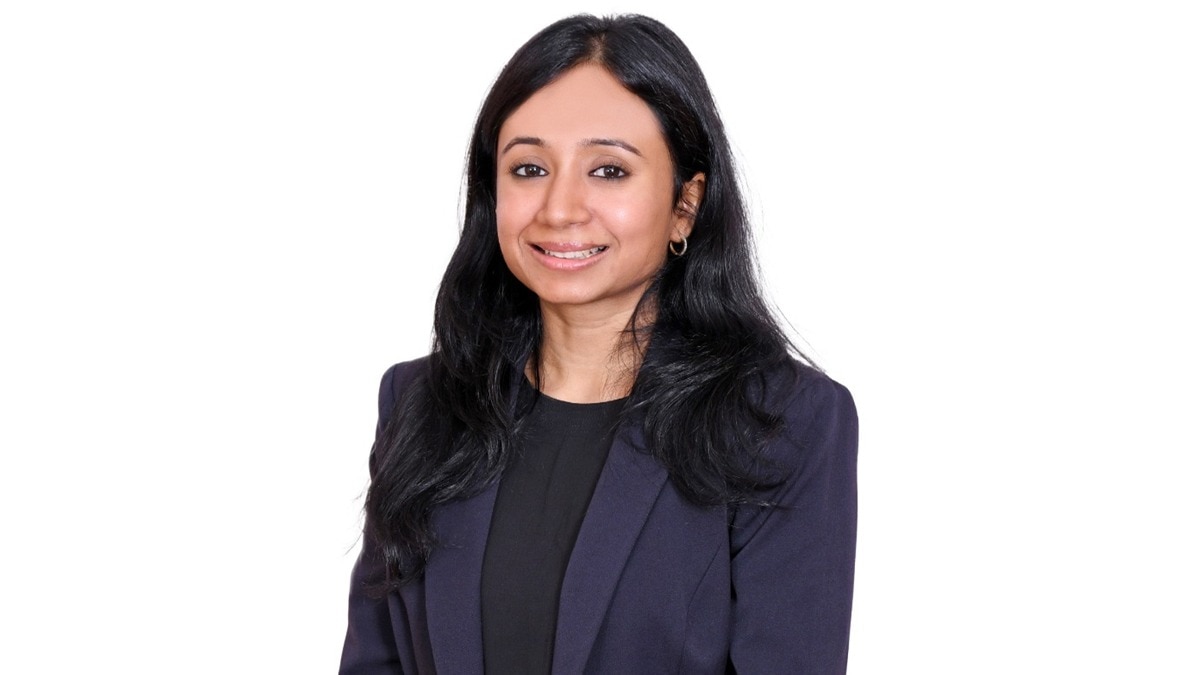India’s economy is at an important stage as global challenges like trade tensions, rising uncertainty, and slowing growth continue to unfold. In an interaction with BT, Namrata Mittal, Chief Economist at SBI Mutual Fund, explains what to expect in the coming year. She shares her views on India’s growth prospects, inflation trends, capex momentum, and key macro risks investors should watch in FY26. Edited excerpts:
Q. How do you see India’s economic growth shaping up over the next 12 to 18 months, given the global backdrop and domestic factors?
Mittal: India stands at a unique point globally. The US-China trade frictions are far from over, and India, as a neutral player, is poised to benefit from the ongoing shift in global trade patterns—especially with the “China + 1” strategy gaining traction.
Domestically, liquidity conditions have improved, though funding costs haven’t fallen meaningfully yet. Market borrowing channels are more responsive than bank loans. Stable bank profitability could boost credit off-take through FY26.
Excise duty hike earlier this fiscal and Rs 400 billion of extra RBI profit transfer yields a good starting point to the central government to handle potential tax shocks, higher defence spending, or unforeseen expenditures in FY26.
In FY26, India’s real growth is likely to stay around 6.5%. While the healthy agriculture prospects, the government’s desire to ensure better realisation of capex targets and easing monetary conditions should help support demand, we are worried about lack of robustness in household income, moderating private sector capex and real estate activities. While the tariff troubles have been averted for now, global policy uncertainty is a risk to India’s growth too. More than real growth, we are worried about nominal growth which could dip below 9% owing to risk of export deflation.
Q. What’s your inflation and interest rate outlook for FY26?
Mittal: Inflation is expected to stay below 4% for most of FY26, assuming favourable monsoons and softening global prices. Domestic demand remains weak, and fiscal consolidation continues, all of which support a contained inflation outlook.
Although we initially expected a shallow 50 bps rate-cut cycle, further cuts can’t be ruled out. There’s growing pressure from weak global growth, soft crude, and possibly deflationary exports from China. Still, we believe liquidity support matters more than rate cuts. RBI has rightly kept liquidity benign, which should narrow the credit-deposit gap. Regulatory easing could improve credit growth by 2–3 percentage points by the second half of 2025.
Q. How will global economic slowdown and geopolitical tensions affect India?
Mittal: So far, global developments—especially since Donald Trump’s second term—haven’t hurt India much. Crude prices are favourable, and FII flows have resumed. But India isn’t immune. If global growth falters, India will feel the impact.
That said, post-Covid, India has avoided major policy missteps. Going forward, sound domestic policy will be key to weathering global shocks.
Q. What macro trends should equity and debt investors watch right now?
Mittal: Investors should keep a close eye on the US yield curve, dollar movement, and Brent crude prices. We are closely watching if the era of US exceptionalism is ending—it would have far-reaching implications for Indian markets.
Markets often surprise from directions few anticipate. While we can analyse the known risks, the “unknown unknowns” are always the hardest to prepare for.
Q. Do you see a meaningful pickup in private sector investment (capex) in India?
Mittal: Private sector capex is not entirely weak, but it isn’t particularly buoyant either. It remains broad-based and appears to be more strategic and deliberate. We are operating in a highly dynamic global and domestic environment, marked by increased uncertainty and the potential for black swan events. With the lingering memory of the IBC era and recent corporate deleveraging cycles, private investments are now largely concentrated in sectors where capacity utilisation is clearly justified.
In our analysis of approximately 10,000 listed and unlisted companies, corporate capex (across both public and private sectors) has grown at a compound annual growth rate (CAGR) of 15% over the past four years (FY22–FY25). However, with the government’s capex momentum beginning to moderate and healthy capacity additions already seen across several sectors, overall corporate capex is expected to decelerate to mid-single-digit growth in FY26 and FY27. Some capex-heavy sectors—such as metals, cement, oil & gas, sugar, chemicals, and capital goods—are now plateauing after a healthy expansion cycle post-COVID.
Q. Which sectors or themes are best positioned to benefit from structural shifts in India’s economy?
Mittal: Energy stands out, especially with the government focusing on expanding generation, transmission, and storage. The financialisation of savings is another long-term theme with room to grow.
Q. How do you evaluate the government’s fiscal stance and capex strategy?
Mittal: The government is committed to fiscal consolidation. From a combined fiscal deficit of 13.1% of GDP in FY21, we’re now just under 8% in FY25. The goal is to bring it closer to 7%, which rating agencies track closely.
The debt-to-GDP ratio is now the main fiscal anchor, with a target of 51% by FY31. This requires holding the fiscal deficit near 4% from FY27 onward. Despite tax cuts, the Centre continues to prioritise infrastructure. At the state level, however, rising populist spending is hurting capex. The bigger challenge for the Centre is execution, not funding.
Q. What key reforms or policy shifts are needed to sustain India’s long-term growth?
Mittal: Beyond infrastructure and logistics, we need a stronger focus on education and skills. Improved human capital will allow greater labour absorption and faster tech adoption—both of which drive productivity and sustainable growth.
Q. What indicators do you track most closely to assess India’s economy and market sentiment?
Mittal: We monitor several high-frequency indicators like GST collections, bank credit growth, energy use (power + petroleum), and logistics data (road, rail, air, ports). From there, we go deeper into sector-specific data on demand, inflation, exports, wage trends, and more to get a full picture of the economic health.







